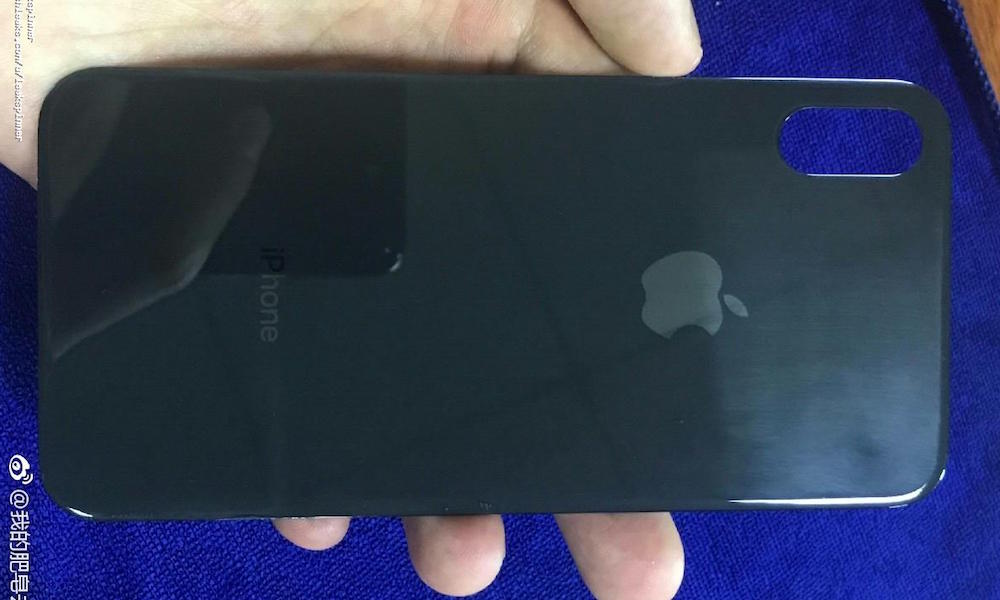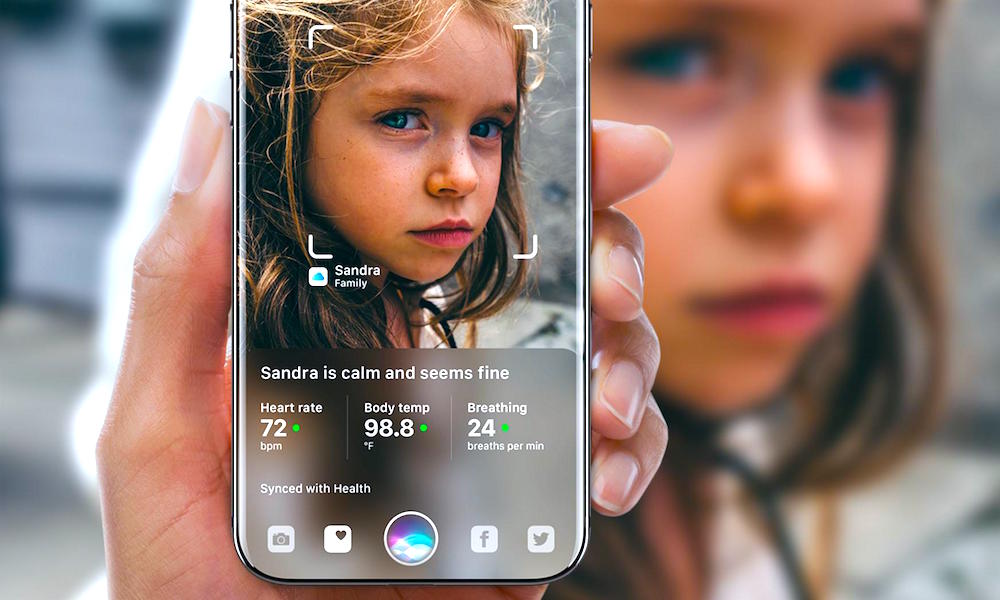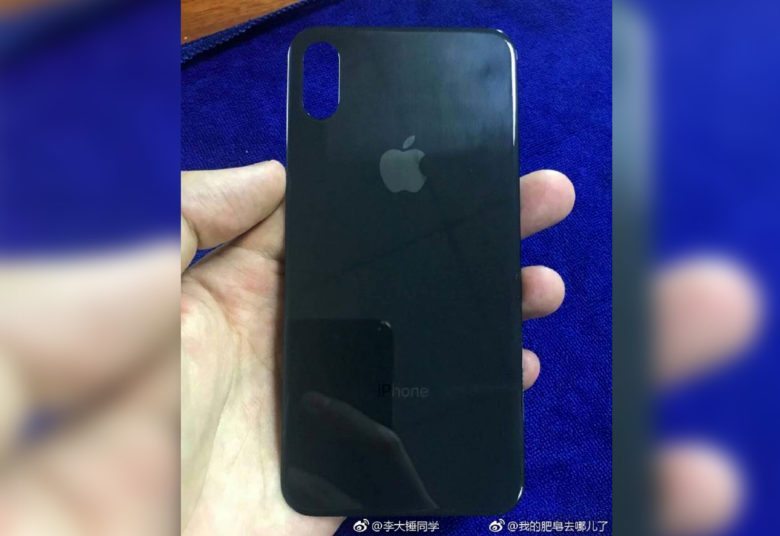Apple Scrambles to Ensure Reliable Biometric Security for iPhone 8

Toggle Dark Mode
In one of his most recent research notes, the historically accurate KGI Securities analyst Ming-Chi Kuo made a somewhat odd but viable prediction that Apple’s upcoming iPhone 8 flagship would forego Touch ID security in favor of Apple’s new 3D facial scanning solution. The reason for the change, as previous reports have suggested, is that Apple is having trouble implementing display-embedded Touch ID on the device even though Qualcomm recently showcased its own glass-embedded fingerprint reader, proving the technology is indeed alive and viable. Nevertheless, with the 2017 iPhone announcement a little over two months away, now is definitely not an ideal time for Apple to be experiencing these kind of manufacturing hold-ups.
Interestingly, a report published this week by Barron’s, which cites three KeyBanc Capital market analysts, appears to echo those sentiments indicating that Apple still hasn’t finalized its plans for iPhone 8 user authentication.
“Apple continues to struggle with the workaround for the fingerprint sensor,” writes KeyBanc Capital analyst Andy Hargreaves, who added that “This increases the potential that the new OLED iPhone could be delayed, or ship without a fingerprint sensor, either of which could increase risk to unit sales and mix for the cycle.”
Touch ID or No Touch ID?
Reports about the fate of Touch ID on Apple’s iPhone 8 have largely conflicted in recent months, with some suggesting that the company is currently testing a prototype with ultra-thin bezels and glass-embedded Touch ID onboard, and others suggesting that the company is facing manufacturing issues — in the respect that Touch ID underneath the iPhone 8’s anticipated 5.8-inch OLED display has proven unreliable in testing so far, which may ultimately lead to the high-end device’s release being delayed into October or November.

The biggest issue, Hargreaves pointed out, is that if Apple were to settle for 3D facial recognition while nixing Touch ID in its entirety, the all-new technology wouldn’t be qualified as an “acceptable verification method” for carrying out Apple Pay transactions (at least right out of the gate). And even though this 3D facial recognition could ultimately be even more secure than Touch ID, the iPhone-maker would still have to prove this long-term reliability in order to get Apple Pay partners (major banks and card issuers) onboard with it.
Nevertheless, the report concludes, Apple is still trying its hardest to get these display-embedded Touch ID issues resolved, and should (hopefully) be able to do so by the end of this month. Oddly, the report suggests that if for whatever reason Apple is unable to resolve the issues, the iPhone 8 could potentially ship without support for Apple Pay functionality. This seems highly implausible, however, since Apple Pay is one of the iPhone’s most burgeoning services, offering support from a plethora of banks and financial institutions around the world. So it’s very, very unlikely that the device simply won’t allow Apple Pay right out of the box.
A Glimmer of Hope?
Interestingly, while the fate of iPhone 8’s Touch ID sensor remains up in the air, an image posted to Chinese social networking site Weibo on Tuesday allegedly shows an authentic iPhone 8 back panel — complete with the vertically oriented camera cut out, and noticeably devoid of any sign that Touch ID would be rear-mounted like the fingerprint sensors on high-end Android devices.

Earlier this year, it was suggested in a report that Apple might relocate its iconic Touch ID sensor to the back of the iPhone 8 — much like Samsung did on its its edge-to-edge Galaxy S8 flagship — due to manufacturing issues. However the Weibo image, if indeed it is authentic, lends credence to the notion that this will not be the case and therefore, we can realistically expect that the iPhone 8 will either ship with a glass-embedded Touch ID solution, or that Apple is working vigorously behind-the-scenes to prove the viability of its 3D facial recognition system as a replacement.
[The information provided in this article has NOT been confirmed by Apple and may be speculation. Provided details may not be factual. Take all rumors, tech or otherwise, with a grain of salt.]






